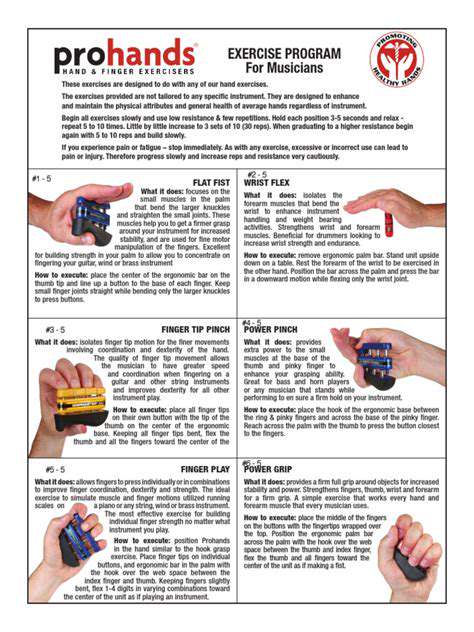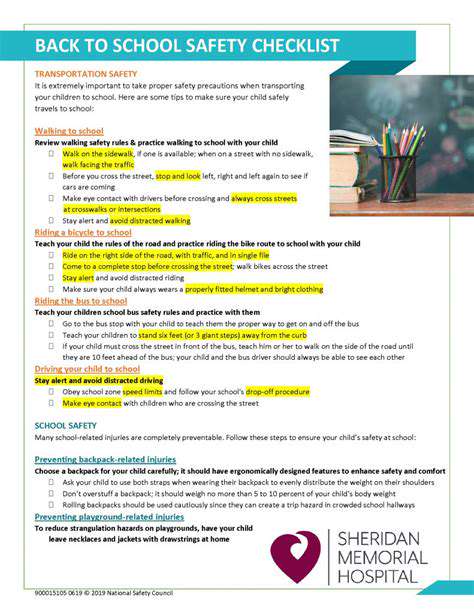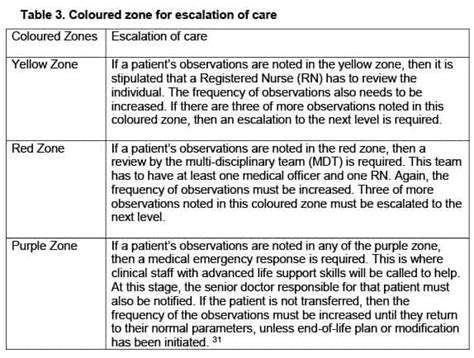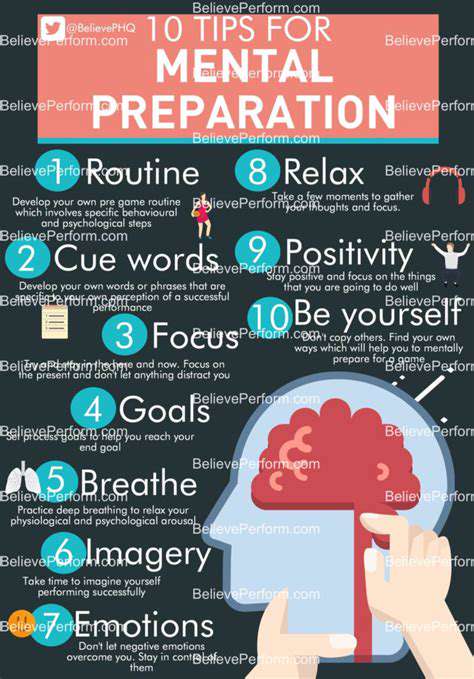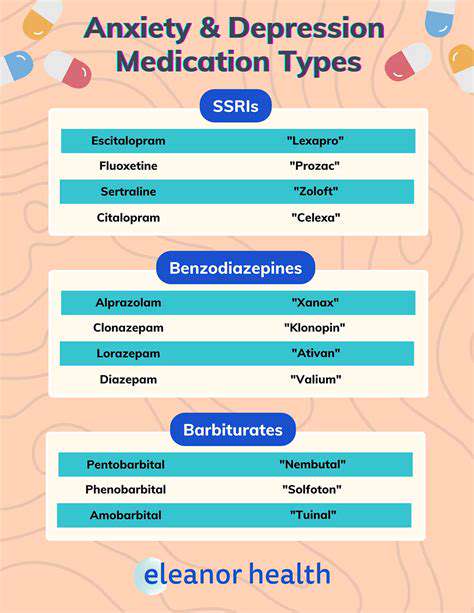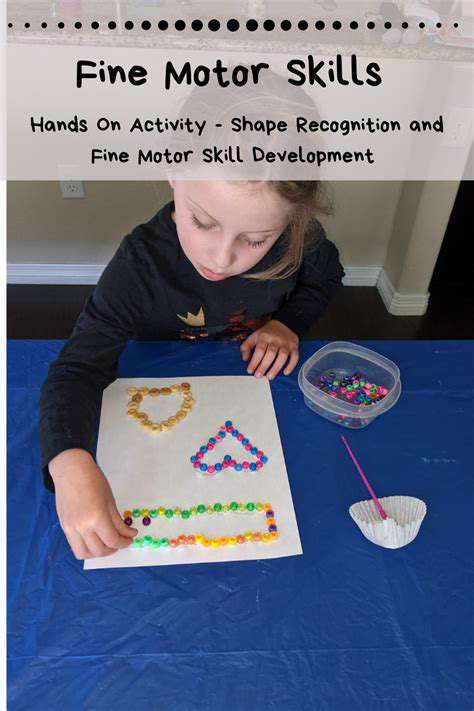Top 10 Hand Exercises for Improved Dexterity
Warm-up Exercises: Preparing Your Hands
Importance of Hand Warm-up
Preparing your hands for more complex or demanding tasks is crucial for preventing injuries and maximizing performance. A proper warm-up routine increases blood flow to the hands, making muscles more flexible and responsive. This improved blood circulation delivers essential nutrients and oxygen, contributing to overall hand health and reducing the risk of strains, sprains, or overuse injuries. Think of it like warming up your car's engine before driving; a smooth and efficient start is much more likely after a proper warm-up.
Consistent hand warm-up routines are particularly important for individuals with repetitive hand motions, such as musicians, writers, or those working in assembly line jobs. By gradually increasing blood flow and muscle temperature, you can significantly enhance the dexterity, strength, and endurance of your hands.
Finger Stretches: Enhancing Flexibility
Simple finger stretches can significantly improve flexibility, reducing stiffness and improving dexterity. Extend each finger individually, holding each stretch for at least 15 seconds. This gentle stretching helps maintain optimal range of motion, preventing limitations that can hinder fine motor skills. Remember to focus on a slow, controlled stretch, avoiding any sudden or forceful movements that could cause pain or discomfort.
Another effective finger stretching technique involves making a fist and then extending your fingers outwards as far as possible. Repeat this motion several times, gradually increasing the range of motion with each repetition. This exercise helps to loosen up the small muscles in your hands and fingers, improving overall dexterity.
Wrist Circles and Rotations: Boosting Mobility
Moving your wrists in circles and rotations is an excellent way to improve mobility and reduce stiffness. Perform clockwise and counter-clockwise circles, gradually increasing the range of motion as your wrists become more limber. This type of movement is vital for maintaining full wrist function and preventing potential limitations that can impact everyday tasks like typing, writing, or playing musical instruments.
Include wrist rotations in your routine to target the smaller muscles and joints of the wrist, promoting flexibility and preventing stiffness. By incorporating these gentle circular motions, you can enhance the overall mobility and dexterity of your wrists, allowing for smoother and more controlled movements.
Hand-Grip Exercises: Strengthening Muscles
Strengthening the muscles in your hands is crucial for performing various tasks, from gripping tools to playing sports. Simple hand-grip exercises, such as squeezing a stress ball or using resistance bands, can significantly improve grip strength and dexterity over time. Consistency is key; regular practice will progressively enhance the strength and endurance of your hand muscles.
Including hand-grip exercises in your routine can significantly contribute to improved dexterity. By targeting the muscles responsible for gripping, you improve the precision and control of your hand movements. This is particularly beneficial for individuals involved in activities requiring fine motor skills, such as artisans, musicians, or surgeons.
Plantar Fascia Stretches: Relieving Tension
Stretching the plantar fascia, the thick band of tissue that runs along the bottom of your foot, can help alleviate tension in the feet and lower legs, which can sometimes affect hand function. Gentle stretches that involve pointing and flexing your feet can help release tension, improving overall hand dexterity and functionality. These stretches also help to ensure proper blood flow throughout your lower body, which can have a positive impact on your hand movement and coordination.
By incorporating plantar fascia stretches into your warm-up routine, you can significantly improve the overall health and function of your feet. A healthy foot often translates to a healthier hand, as proper foot function supports the entire body's mechanics. This improved foot health can, in turn, lead to greater hand dexterity and reduced strain, improving your ability to perform tasks with precision and control.
Combining Exercises for Maximum Benefit
The most effective warm-up routines often combine several exercises to target different aspects of hand function. A combination of finger stretches, wrist rotations, and hand-grip exercises can create a well-rounded warm-up that improves both flexibility and strength. By incorporating a variety of exercises, you can ensure that all the important muscles and joints in your hands receive the necessary preparation for optimal performance.
Consider incorporating a combination of exercises to maximize the benefits of your warm-up routine. This approach ensures comprehensive preparation for your tasks, improving not only your dexterity but also your overall hand health and well-being. The key is to find a routine that suits your individual needs and goals.
